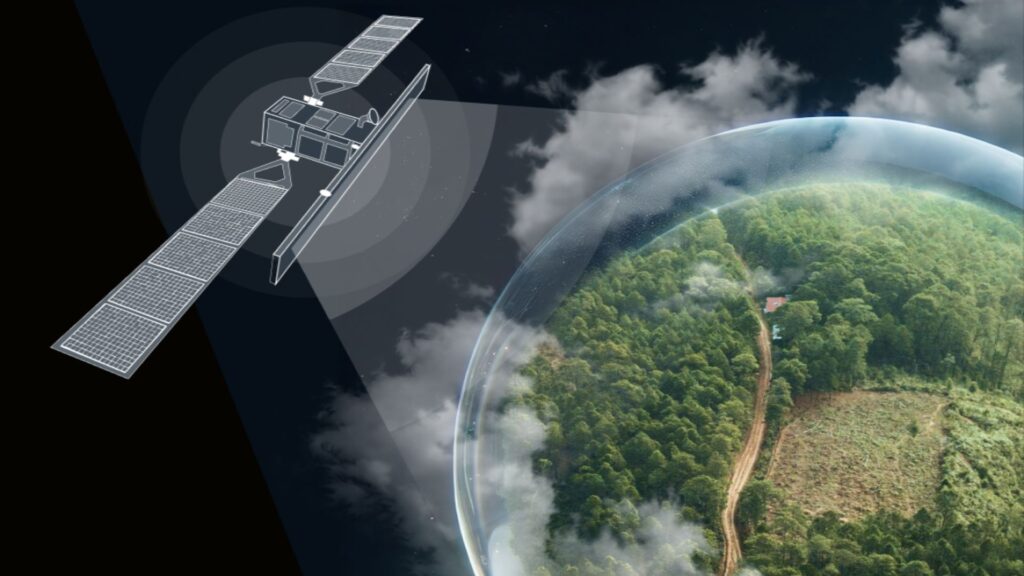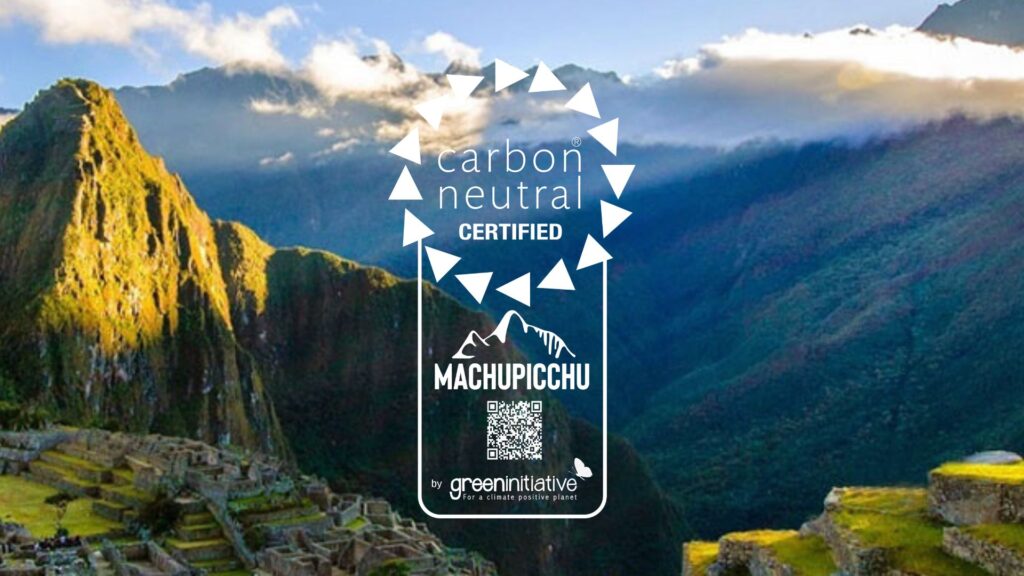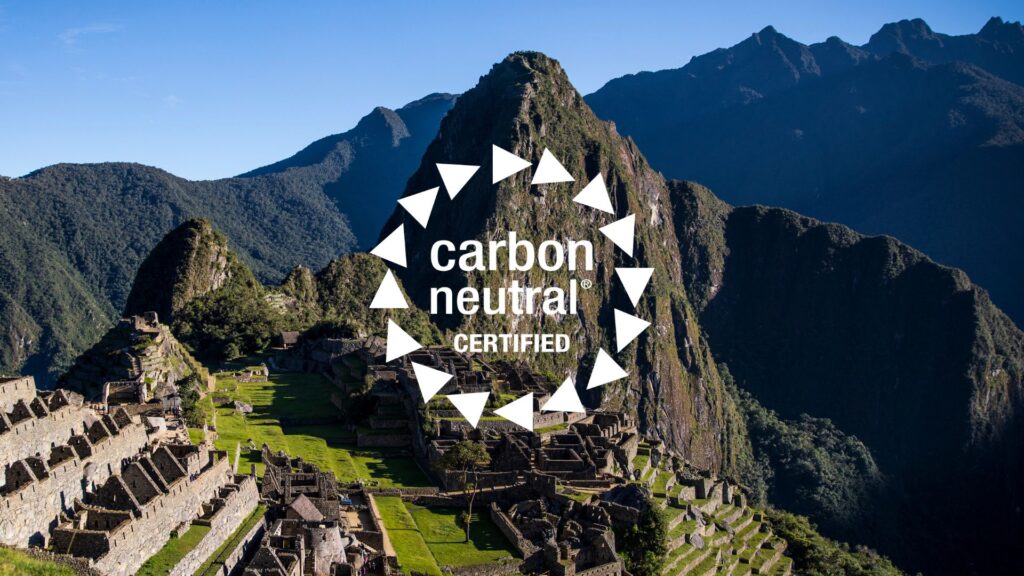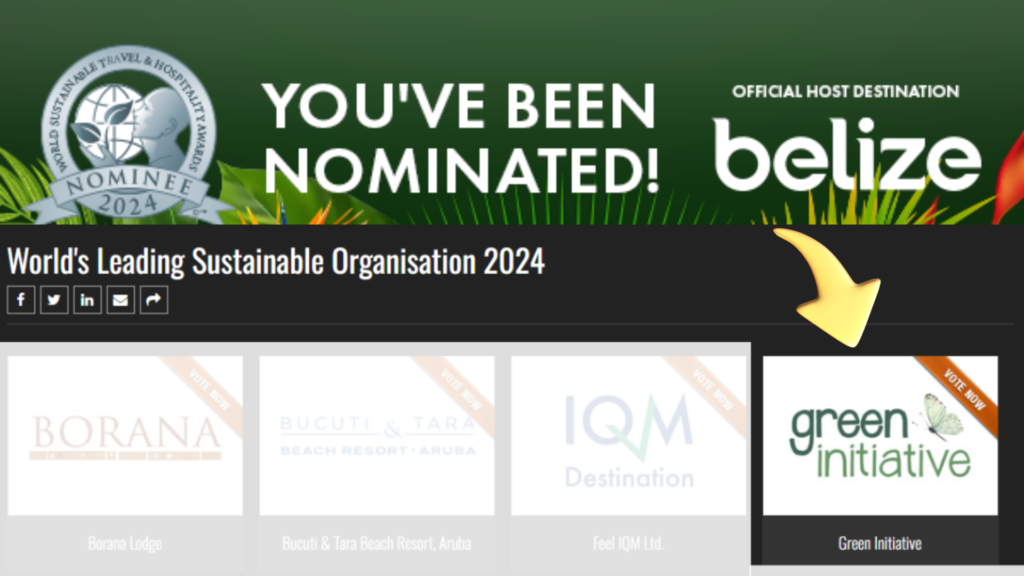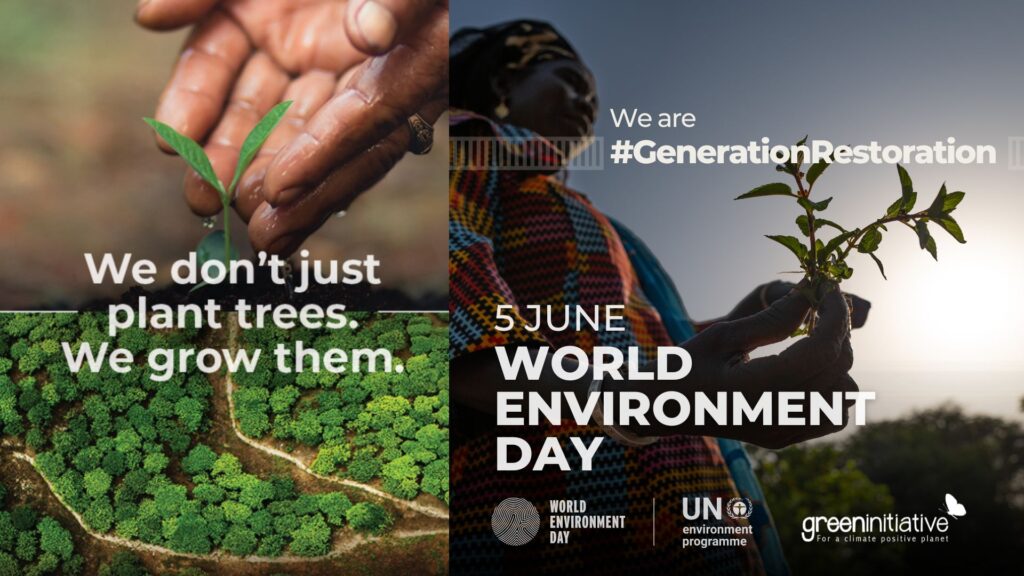Green and Just Transition for Whom?
The concept of a “Green and Just Transition” developed by the UN aims at a holistic approach to address climate change and environmental degradation while ensuring social justice and equity. The concept integrates considerations of environmental and socioeconomic sustainability, emphasizing that the transition to a low-carbon economy should not come at the expense of vulnerable groups and should “leave no one behind.” The concept includes aspects such as environmental sustainability, which focuses on reducing greenhouse gas emissions, promoting renewable energies, conserving biodiversity, and protecting ecosystems. Another aspect is social justice, which aims to ensure that the benefits and burdens of the transition are distributed fairly. A third aspect deals with economic resilience, emphasizing the building of an economy that can withstand environmental and economic shocks and investing in green technologies, sustainable infrastructure, and skill development to support new jobs and green industries. All of this sounds good, but, after all, what does “leaving no one behind” mean? While attractive and useful to help garner broad support for the green agenda, the concept can generate controversies. This is because each country has its own interests and is exposed to each of the above aspects to varying degrees. Consider the case of the United States. There, the concept is often evoked to address jobs at risk in fossil fuel and/or carbon-intensive sectors affected by regulatory changes for decarbonization. These changes could help explain the backlash from communities against those measures and even the political use of the theme by conservative sectors. In the case of poorer countries exposed to climate change, the concept tends to focus on the immense urgent needs for investments in adaptation and aid to the most vulnerable communities facing extreme natural disasters, especially those affecting food security and leading to conflicts and forced migrations—think of what many countries in Sub-Saharan Africa are already experiencing. However, there would still be at least one more group of countries for which the green and just transition would have a specific connotation. Think of the economies of Latin America and the Caribbean (LAC) that, although also in need of investments in adaptation, can afford to face climate challenges through business opportunities. Consider the cases of Brazil, Costa Rica, Paraguay, Uruguay, among others, which already have predominantly renewable electric matrices and competitive operational conditions. These characteristics qualify the region to participate in global value chains through powershoring, the corporate strategy of locating manufacturing plants and/or energy-intensive production chains in zones that offer green, secure, cheap, and abundant energy. Coincidentally or not, renewable energy is concentrated in the most depressed regions of those countries. By encouraging new businesses, powershoring could have significant socioeconomic and environmental impacts while helping companies achieve resilience, compliance, and the operational conditions they need. By way of illustration, consider the case of Brazil, specifically the Northeast region. The region already enjoys a high supply of renewable energy and has a capacity factor well above the world average. In some places, there is even non-intermittent green energy generation with the combination of plenty of sunlight during the day and favorable winds at night. The region has an extensive transmission network and over 100GW of already granted green energy. The Northeast also has excellent ports and industrial zones connected to them. Additionally, the region enjoys strong support from local political leaders in favor of converting those comparative advantages into tools for combating poverty. No wonder, poverty in the region affects 47.4% of the population and accounts for almost half of all poverty in the country. Consider also the case of Rio Grande do Sul, a state recently devastated by unprecedented floods. With exceptional conditions for wind energy production and availability of ports and industrial zones, powershoring could be an important ally in the state’s economic and social recovery. The microeconomic logic of powershoring could be extended to critical minerals for the energy transition. Many of the world’s main provinces of these minerals are in high-poverty areas in Brazil, such as the Jequitinhonha Valley in Minas Gerais and parts of the states of Amazonas and Pará, to name a few. Industrializing these minerals could have unprecedented socioeconomic repercussions, and similar scenarios can be observed in other countries in the region. Powershoring would therefore be a means, not an end in itself, and a fundamental channel for promoting a green and just transition. Uncoordinated policies to promote a green and just transition can be problematic. Indeed, claims and public policies from countries with different contexts, economic power, and political influence could lead to complex and even contradictory situations. For example, consider the Inflation Reduction Act in the United States or the EU New Green Deal and other measures by the European Union, which aim to generate green jobs with heavy subsidies, protectionism, and discrimination, but with side effects in terms of trade and investment diversion from powershoring countries and a reduction in resources from global adaptation funds for poor countries. Similarly, there are contracts that lead powershoring countries to direct their valuable green energy to produce and export green hydrogen to rich countries and/or to direct it to data centers, instead of prioritizing it as a tool to attract value chains that can indeed generate prosperity with equity. It is a matter of collective action, policy failures, and market failures with substantial distributive, social, and political consequences. Defining a green and just transition agenda that leaves no one behind will be one of the great challenges that global leaders will have to face in the coming years if they want to promote a genuinely broad, peaceful, and sustainable transition. Written by our friend and colleague Jorge Arbache. Jorge is a professor of economics at the University of Brasília and has held positions in government, banks, companies, and boards. This article was originally published in Valor Econômico on 07/11/2024
Green and Just Transition for Whom? Read More »


